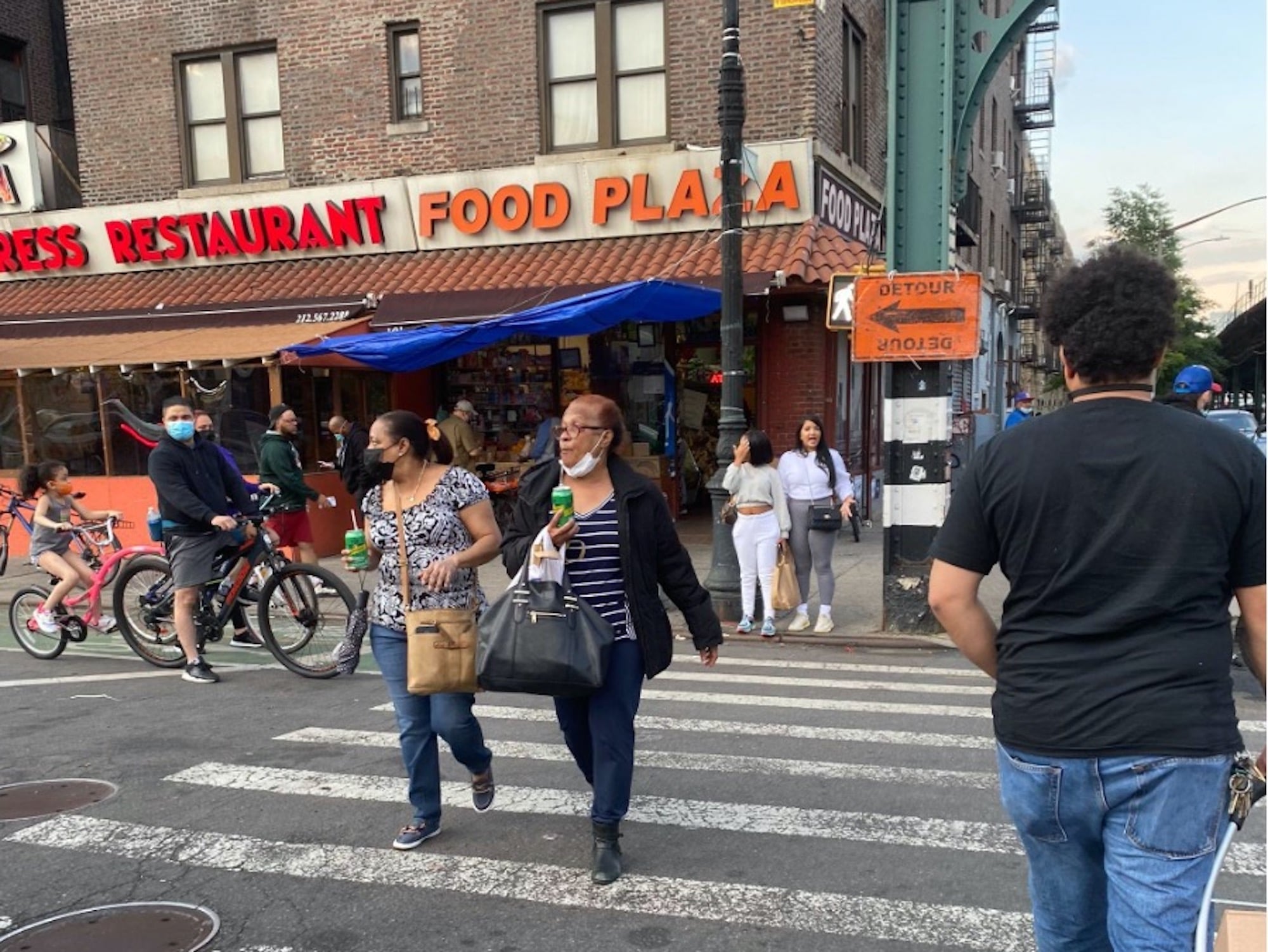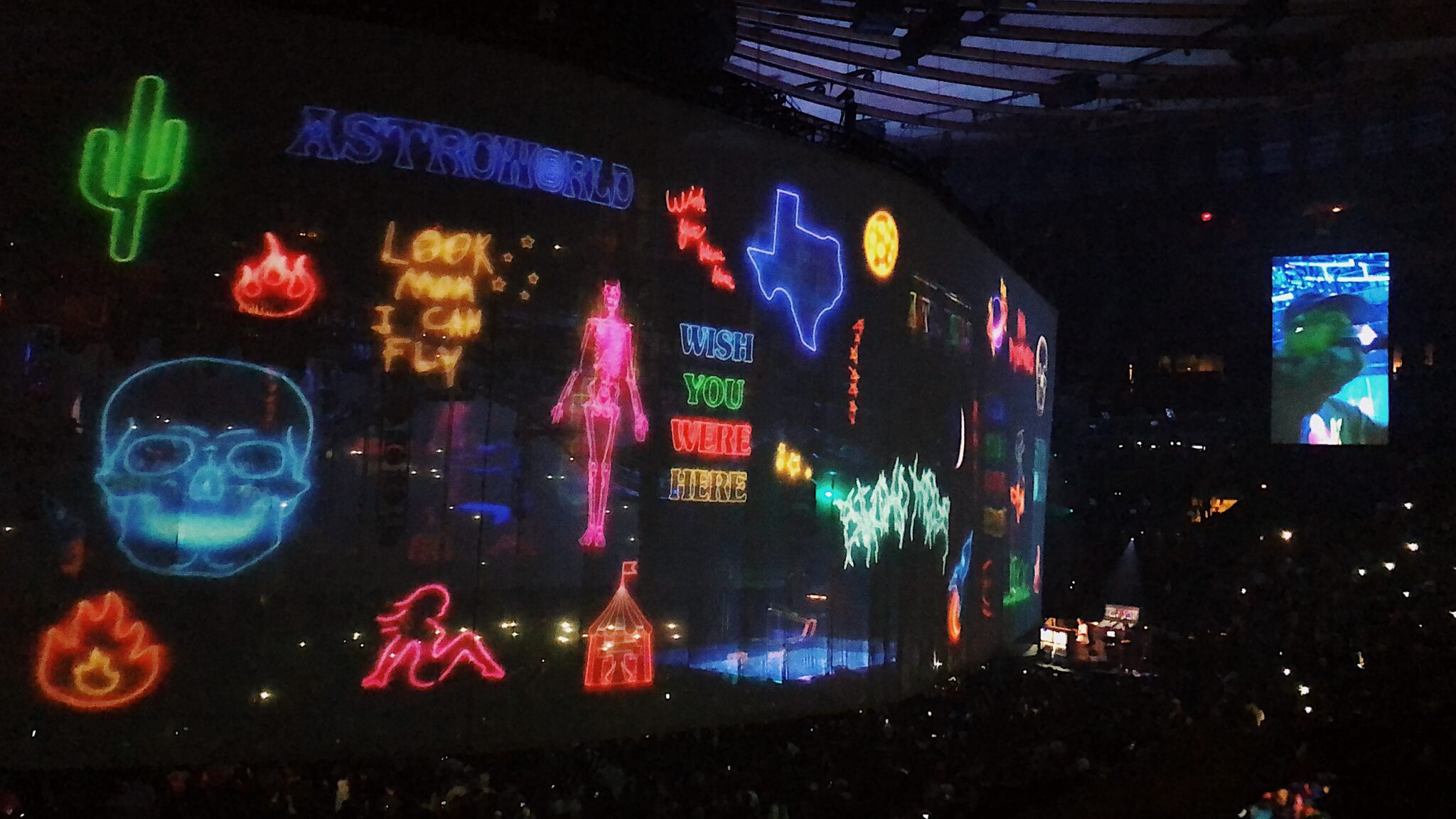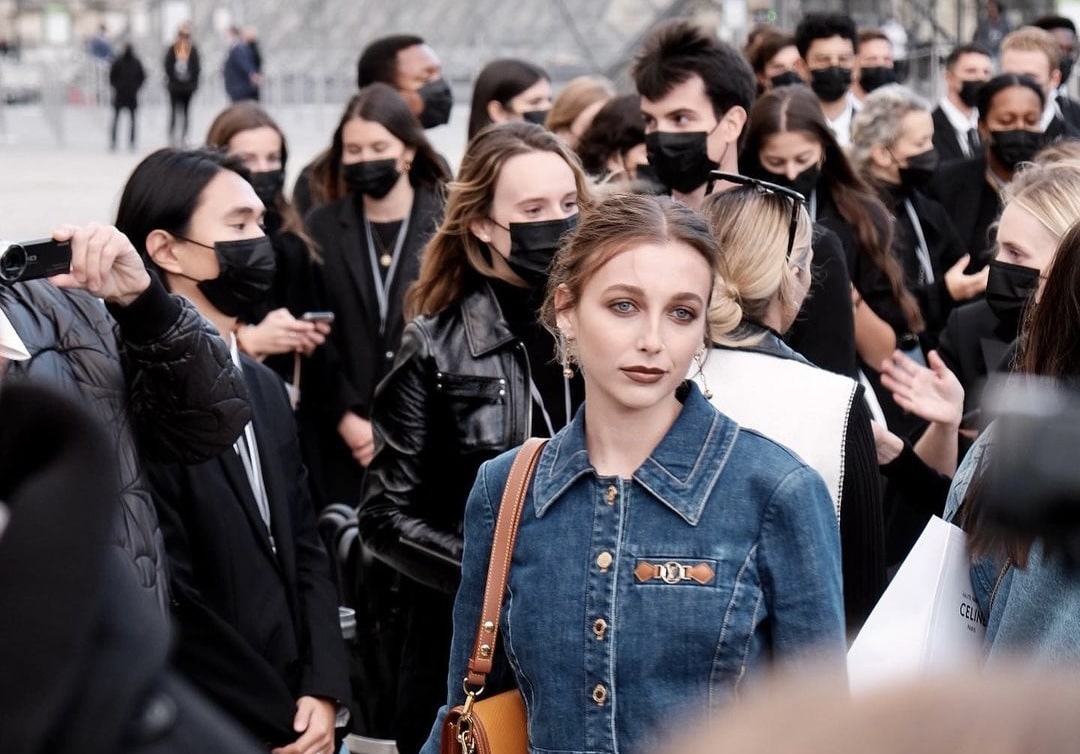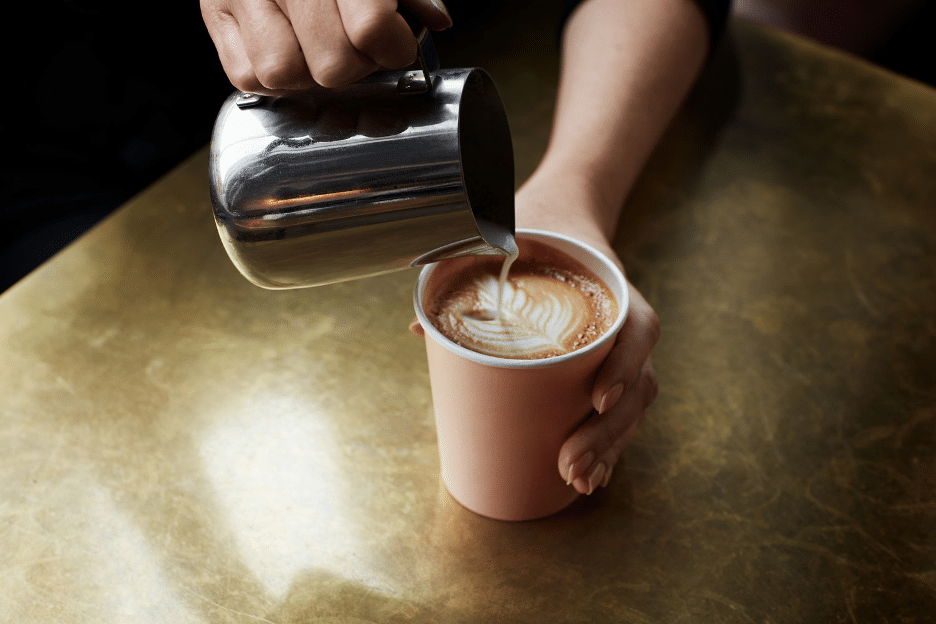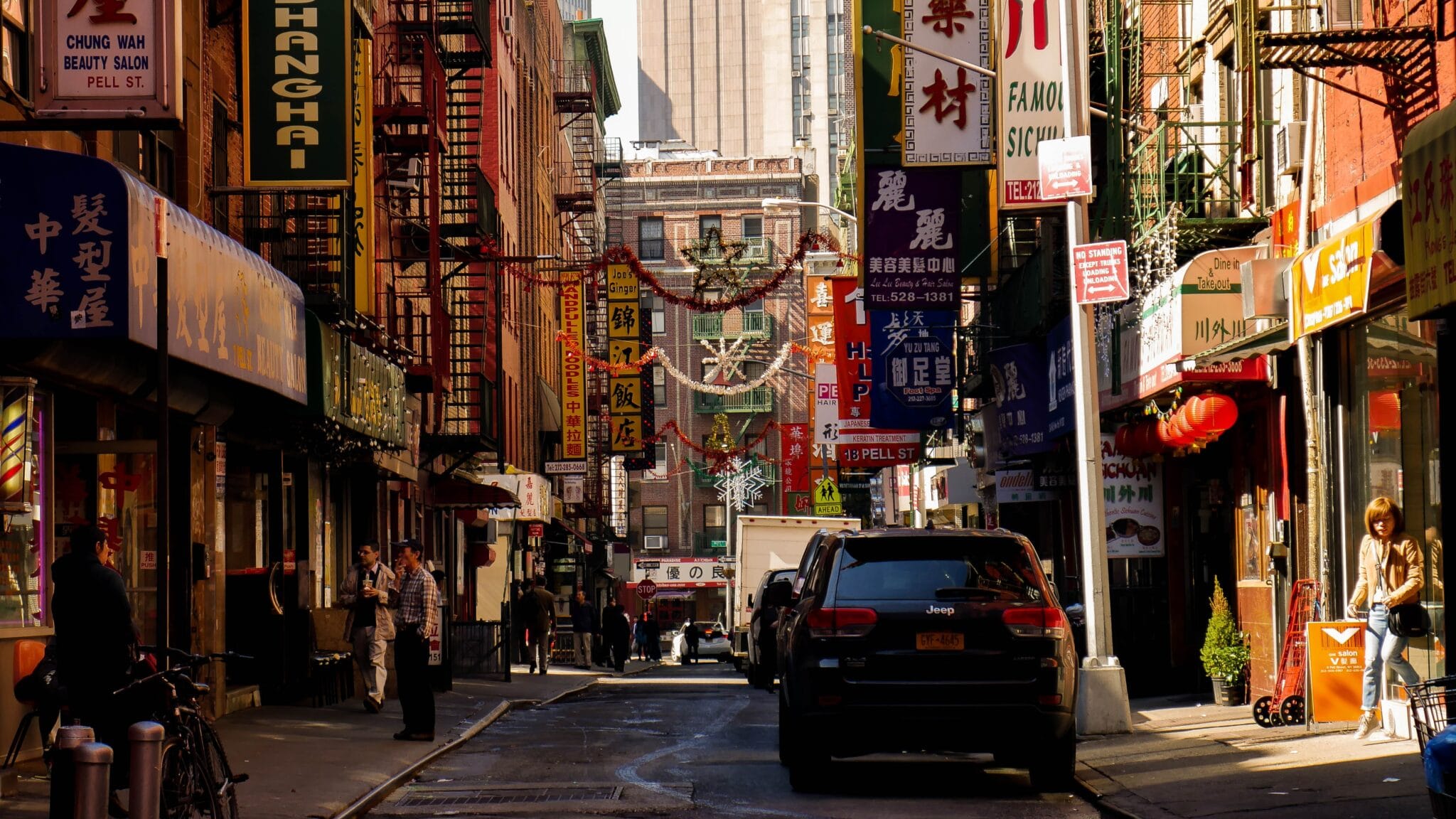Owner of Moronto's Food Plaza, Fred Moronto, understands his Dominican customers and plays bachata in his store while his customers shop. PC Joeli Valerio.
This story was reported and written by a high school student in The City College of New York (CCNY) Early College Program.
You hear the upbeat sound that makes your body and your hips sway when you walk across Dyckman Street in Upper Manhattan. The soothing voice of Raulin Rodriguez singing “Medicina de Amor” hits you when you step into Moronta’s Food Plaza and you immediately start singing. Fernando Moronta has owned this bodega for 35 years. He says he plays bachata to “make customers happier as they are shopping for fried cheese and laundry detergent. It’s their music. They are Dominicans themselves. They see themselves through the music.”
When people from the Dominican Republic began to move into Upper Manhattan in the 1960s and turned it into the “Little DR,” they brought bachata with them. The mix of bolero, merengue and romantic lyrics sometimes tells romantic stories or stories from childhood reminding people of home. It is the music of poor Dominicans. It had a social stigma in the Dominican Republic in the early twentieth century because it told the stories of people, poverty, and struggle and empowered those who listened.
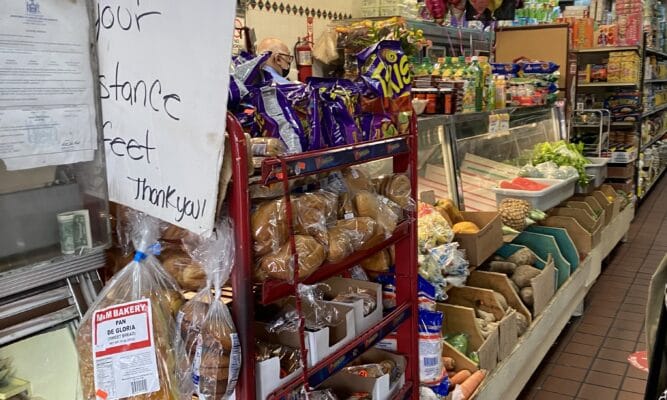
The Dominican dictator Rafáel Trujillo despised the genre and banned the music for thirty-one years during his rule. “In those day’s bachata lovers often listened to it in secret so that their neighbors would not hear it and gossip about them later,” Tufts Professor Deborah Pacini Hernandez told NPR’s Michele Norris. After Trujillo died in 1961, it became safe to listen to bachata in public.
In the 1990s, bachata became a global sensation. Groups like the New York band Aventura sold out concerts in Madison Square Garden and even topped the Billboard charts. It crossed over to American, Latin American, and into mainstream music. Today’s bachata uses R&B and hip hop and still keeps its traditional style.
It has a specific sound. Urban bachata singers use the R&B falsetto to give the music a “high-register vocal quality,” said Jeremy Fisher, a writer for Vocal process. The music is also heavy with electric guitars and the bass drum. Some bachata artists, like Romeo Santos, collaborate with R&B superstars like Usher and Drake for a fusion sound. While bachata artists innovate, they keep the traditional rhythm.
Yolanda Hernandez has been a bachata fan ever since her father introduced it to her. She was eight when she arrived in New York City and already loved the music. She says she plays marathons of bachata every weekend. And she doesn’t mind if you can hear her music a mile away.
Authentic bachata for her makes her focus on the lyrics and nostalgia. But she also likes the R&B influenced bachata. “It’s more instruments and makes it more danceable, and it allows culture fusions between the U.S. and the Dominican Republic,” she said.
Many young Dominican Americans feel that urban, R&B-influenced bachata speaks to them. My seventeen-year-old twin sister, Johanni Valerio, and I left the Dominican Republic when we were four months old, and we sometimes question our cultural identity. “Listening to R&B influenced by bachata has allowed me to be confident of my bilingual identity,” Johanni said. The music gives her a sense of belonging. “I’ve felt like not being on my island for so long has impacted me,” she explained.
Music by artists like Romeo Santos and Prince Royce use Spanish effortlessly and their music highlights all the racial, cultural and economic aspects of young Dominicans living in modern America.
Luz Polanco, another young Dominican, arrived in New York when she was nine. She feels that bachata is “the spice of our culture because everyone knows what bachata is.”
Some older Dominicans stick with the traditional bachata, and Fernando Moronta, owner of the bodega Food Plaza, has seen generations enjoy bachata. But he doesn’t like the R&B influence. “It doesn’t have originality. I like the slower ones. The classic ones like Joe Veras,” he said.
My grandfather, Ildefonso Leger, who is 66 years old, likes the new influences on bachata. “R&B is a well-known genre many young people listen to these days. I find the music more romantic … the lyrics are what show the romance, captivating me,” he said.
The love of bachata and what it means for most Dominican-Americans is simple. “It is one of the things that represents us, lets us connect with other countries,” Luz Polanco said.
Tags: bachata cultural identity culture fusion Dominicans in NYC Dominicans in the U.S. Early College Program Joeli Valerio Little D.R. music Prince Royce Raulin Rodriguez Romeo Santos The City College Academy of the Arts (CCAA)
Series: High School Journalists
